The paper packaging printing process involves various techniques and finishes to enhance the appearance and functionality of packaging materials. YG Packaging employs a range of printing and finishing methods to create high-quality, customized packaging solutions.
Here's an overview of some of the key processes of making perfect printed packaging:
UV (Ultraviolet) printing is a technique that uses UV-cured inks. It offers vibrant and sharp color reproduction, dries quickly, and provides a glossy finish. UV printing is ideal for intricate designs and high-quality graphics. Case: In the manufacturing of mooncake packaging, UV Printing plays a role in enhancing the visual effect. It cures the ink through ultraviolet light, making the printed pattern more vivid, delicate and glossy. In addition, UV Printing also increases the wear resistance and waterproofness of the packaging box, improving the overall texture and durability.
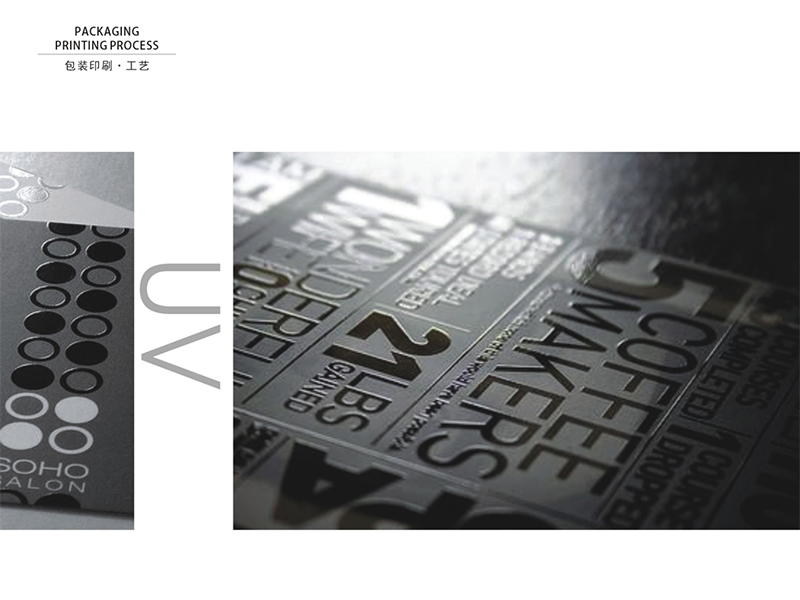
Bronzing, also known as foil stamping, is a process where a metallic or colored foil is applied to specific areas of the packaging using heat and pressure. This adds a luxurious and eye-catching element to the packaging design. Example: empty advent calendar boxes.
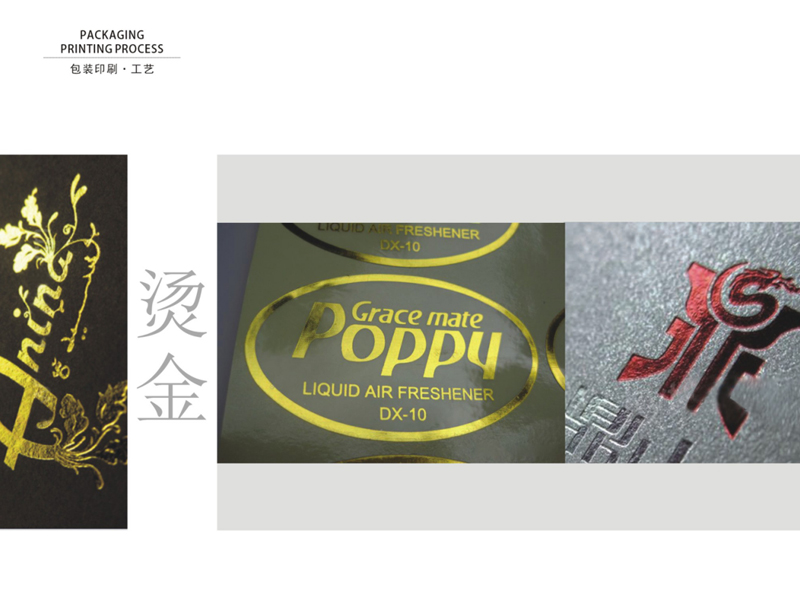
Embossing and debossing involve creating raised (embossed) or recessed (debossed) patterns or designs on the packaging material. This adds texture and depth to the packaging, making it visually appealing and tactile. Case: Empty holiday punch box advent calendar manufacturers use these processes to create raised or recessed patterns and text on packaging materials, which increases the tactile feel and visual layering of the packaging, enhances the premium feel and brand recognition of the packaging, and brings a unique tactile experience to consumers.
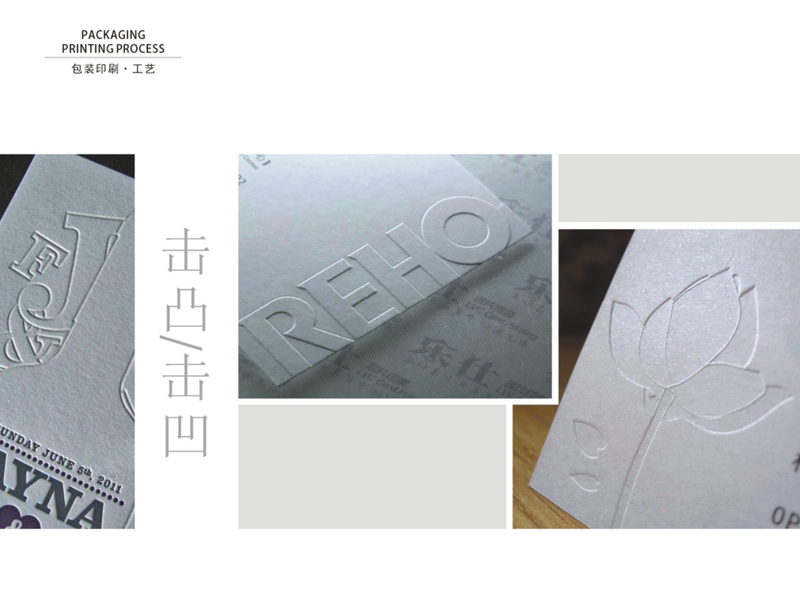
Frosting UV involves applying a translucent matte or frosted coating to the packaging. This finish gives the packaging a soft, muted appearance and can be combined with other printing techniques for a unique effect. Colorful UV printing involves using UV inks to create vibrant and colorful designs. It offers the advantage of precise color matching and a glossy, high-end finish. For example, the production of colored cardboard boxes often involves the Frosting UV process, which uses ultraviolet light to cure the coating to increase the wear resistance and aesthetics of the cardboard surface, thereby improving the texture and visual effect of the product.
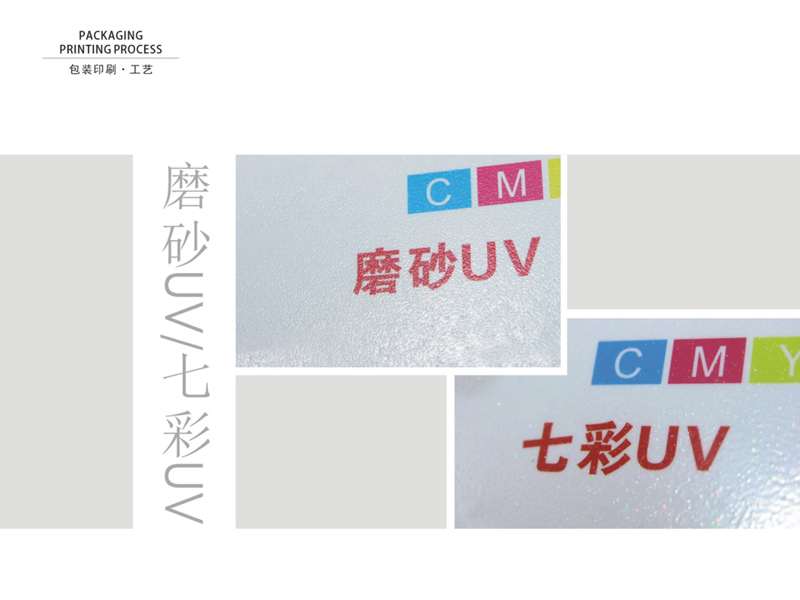
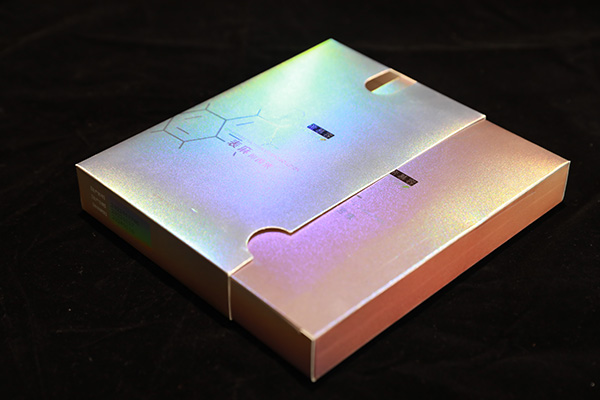
Film covering, also known as lamination, is the process of applying a thin plastic film to the surface of the packaging. This film can be matte or glossy and adds protection, durability, and a polished appearance to the packaging.
Example: Cardboard empty advent calendar uses film covering technology to enhance its appearance and durability. By covering the surface of the cardboard with a transparent or translucent film, it can increase its waterproof, dustproof and tear-resistant properties. This technology can also enhance the color vividness and glossiness of the printed pattern, making the calendar look more attractive and high-end.
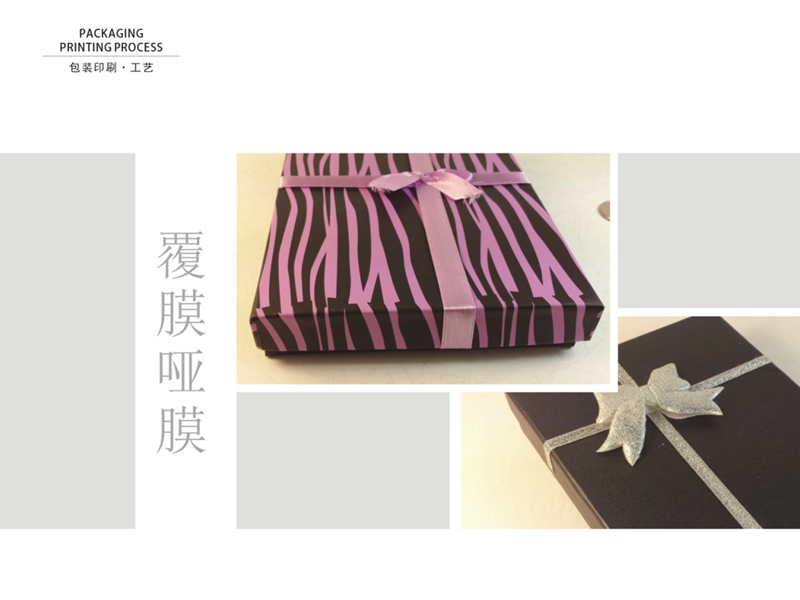
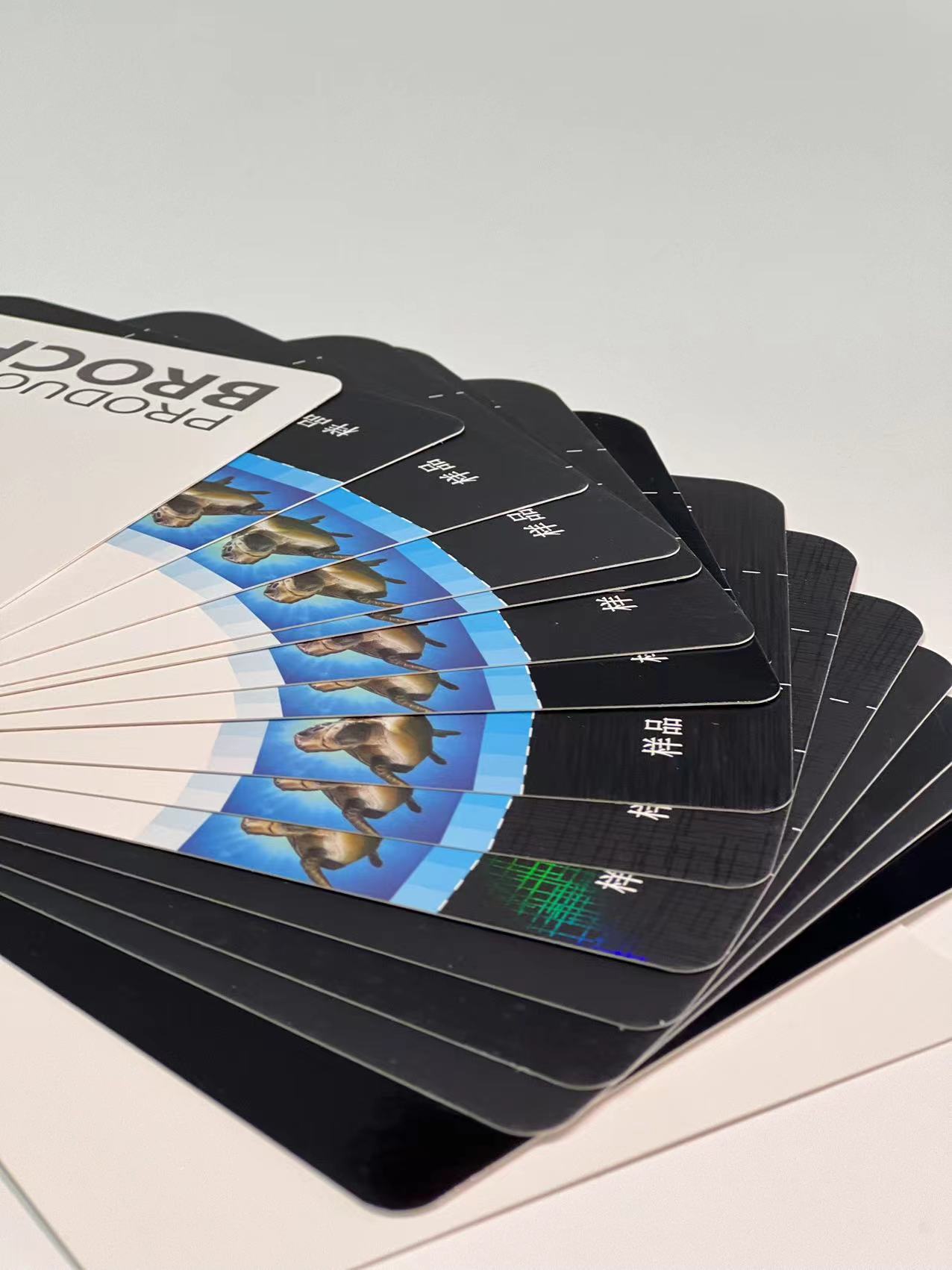
Varnishing involves applying a clear varnish or coating to the packaging to enhance its appearance and provide protection. Gloss varnish adds shine, while matte varnish offers a subdued finish.
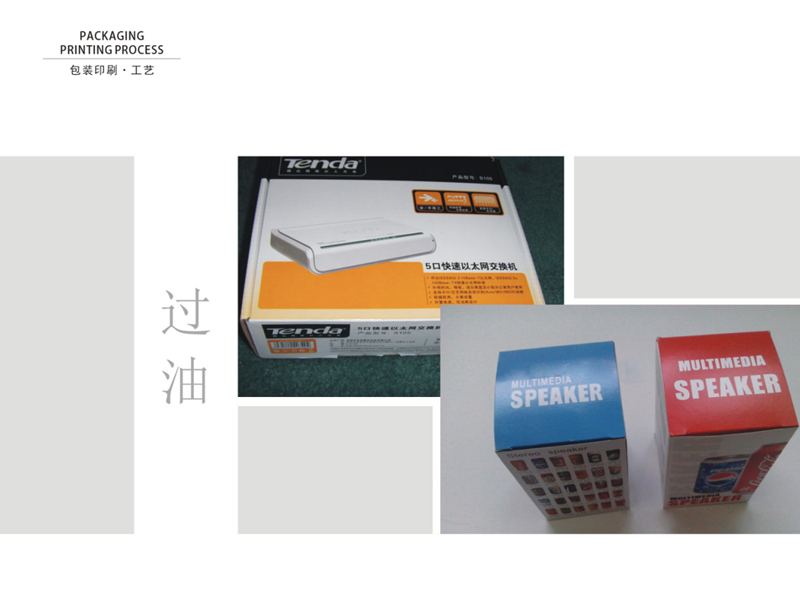
Film printing involves printing directly onto the plastic film used for lamination. This is often used to add additional design elements or information to the packaging's surface.
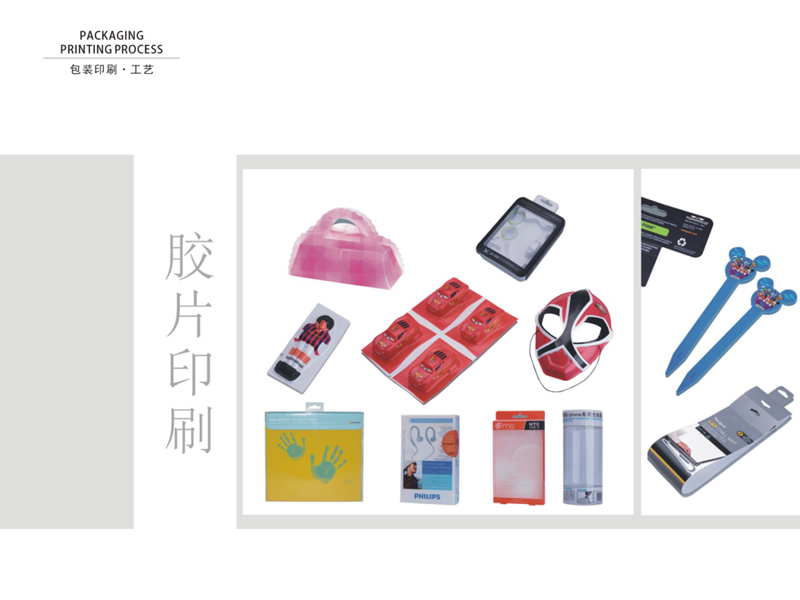
Film screen printing is a method of applying ink to the plastic film through a stencil or screen. It is commonly used for adding logos, graphics, or specific patterns to the film.
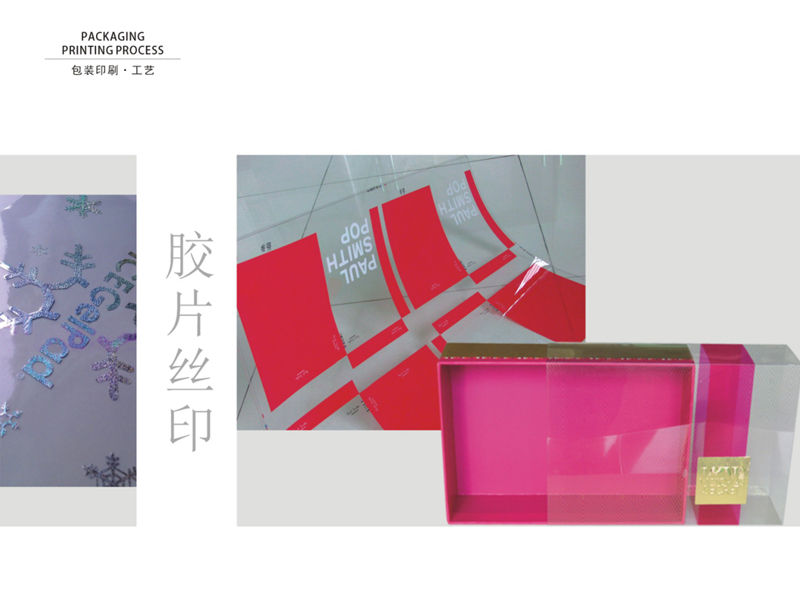
The order and combination of these processes can vary depending on the desired design and packaging specifications. YG Packaging's experienced design and production teams work closely with clients to determine the most suitable printing and finishing techniques to achieve the desired result.
the packaging hollow out process, or die-cutting, is a versatile and creative technique used to elevate the visual appeal of packaging, making it more engaging and distinctive for consumers. It is often employed by brands seeking to make a memorable impression and differentiate their products in a competitive market.
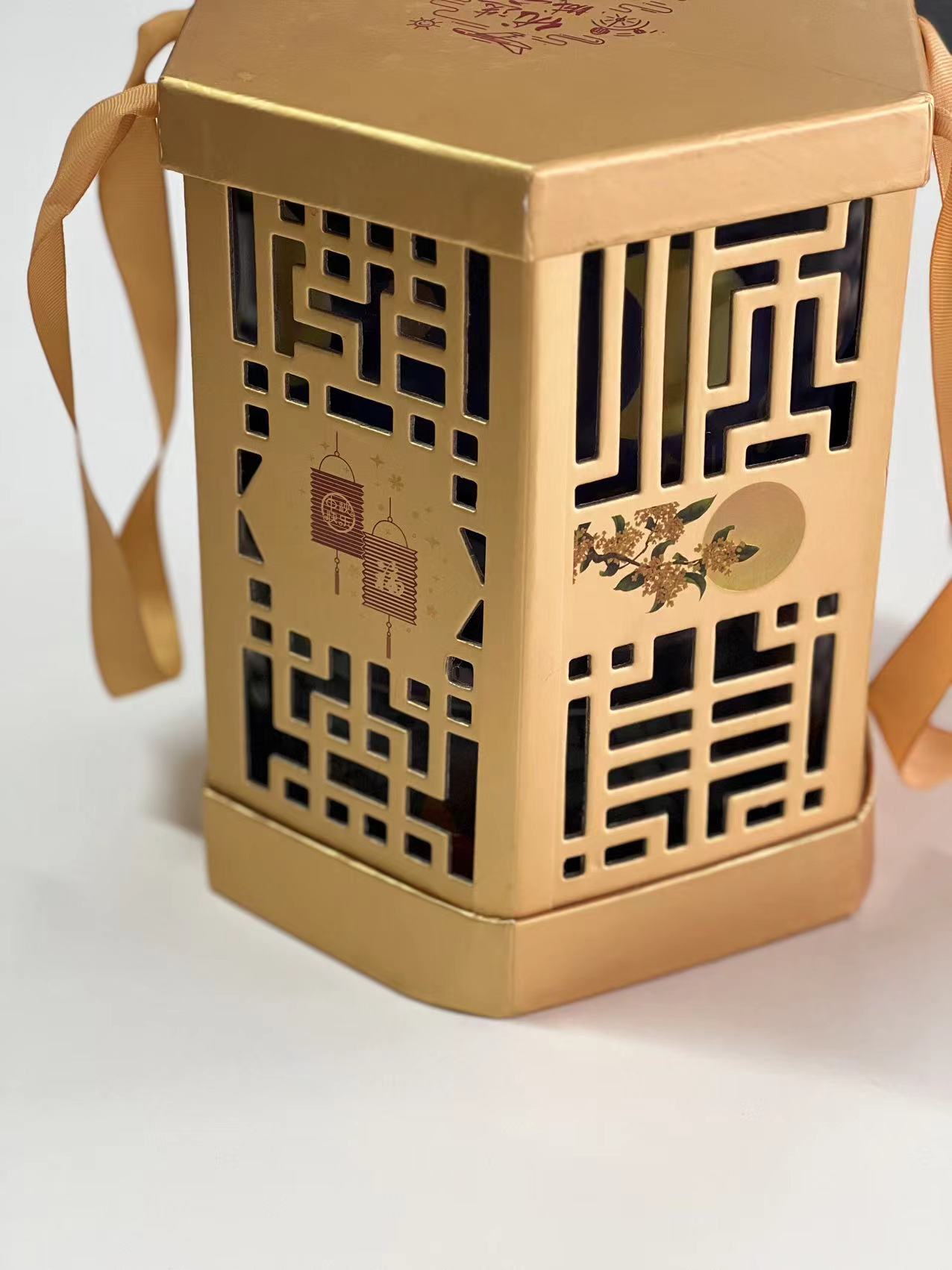
By offering a wide range of printing and finishing options, YG Packaging can create packaging that not only protects products but also serves as a powerful branding and marketing tool, leaving a lasting impression on customers. These techniques enhance the aesthetics and functionality of paper packaging, making it visually appealing and functional.
 GET A QUOTE
GET A QUOTE
 YG Paper Packaging Co., Ltd.
YG Paper Packaging Co., Ltd.
 EMAIL
EMAIL
 PHONE
PHONE

 English
English


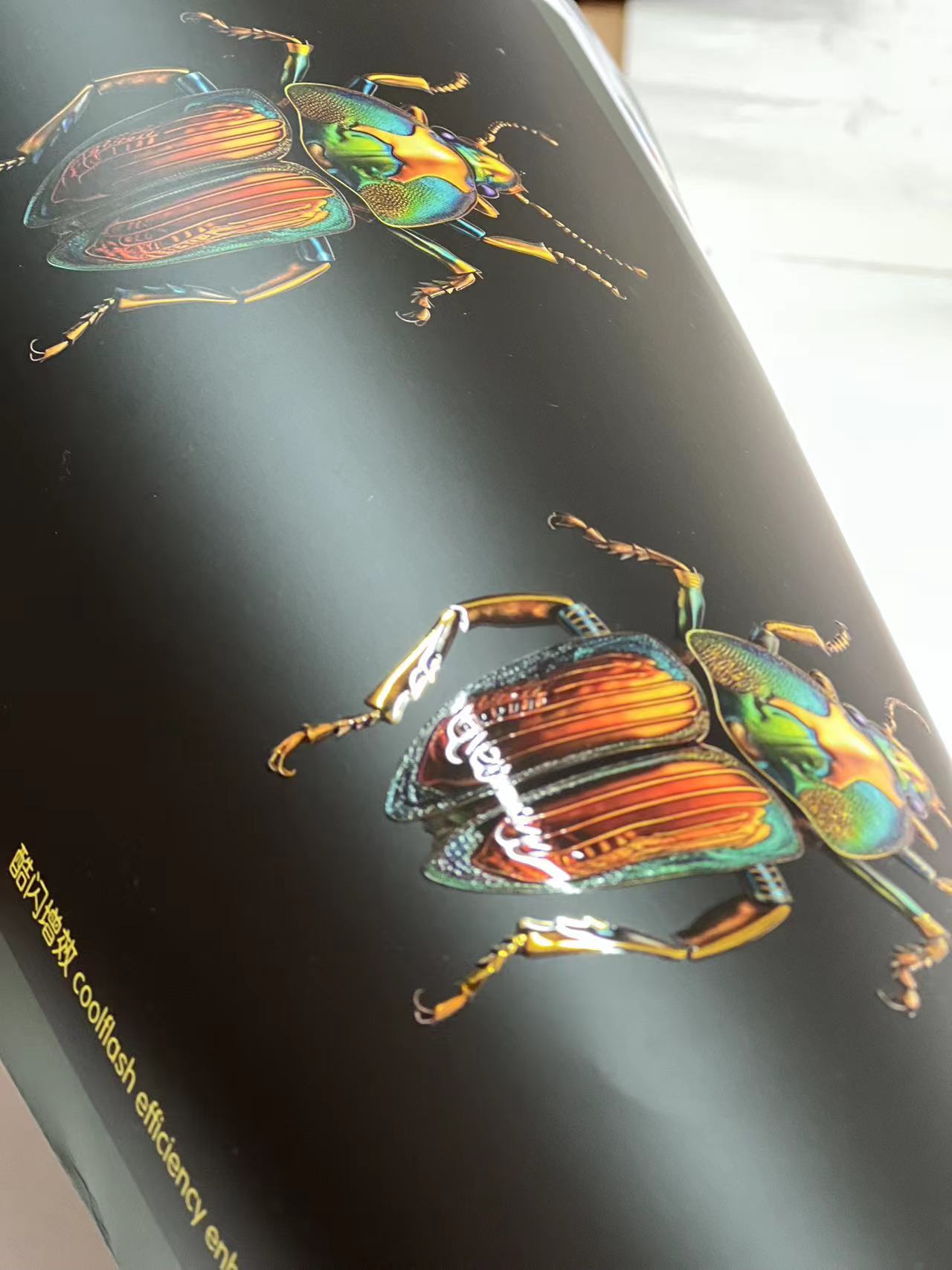
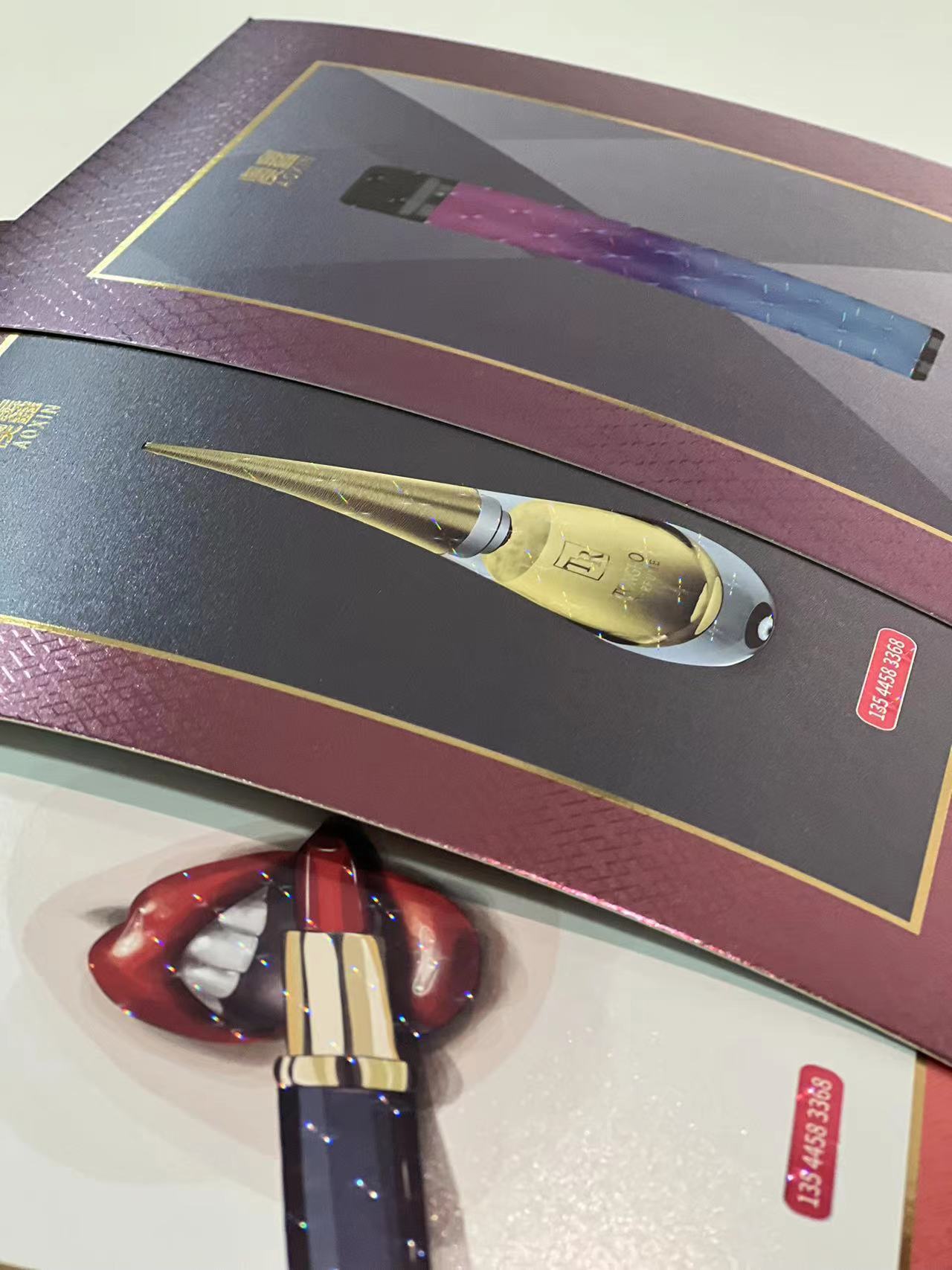
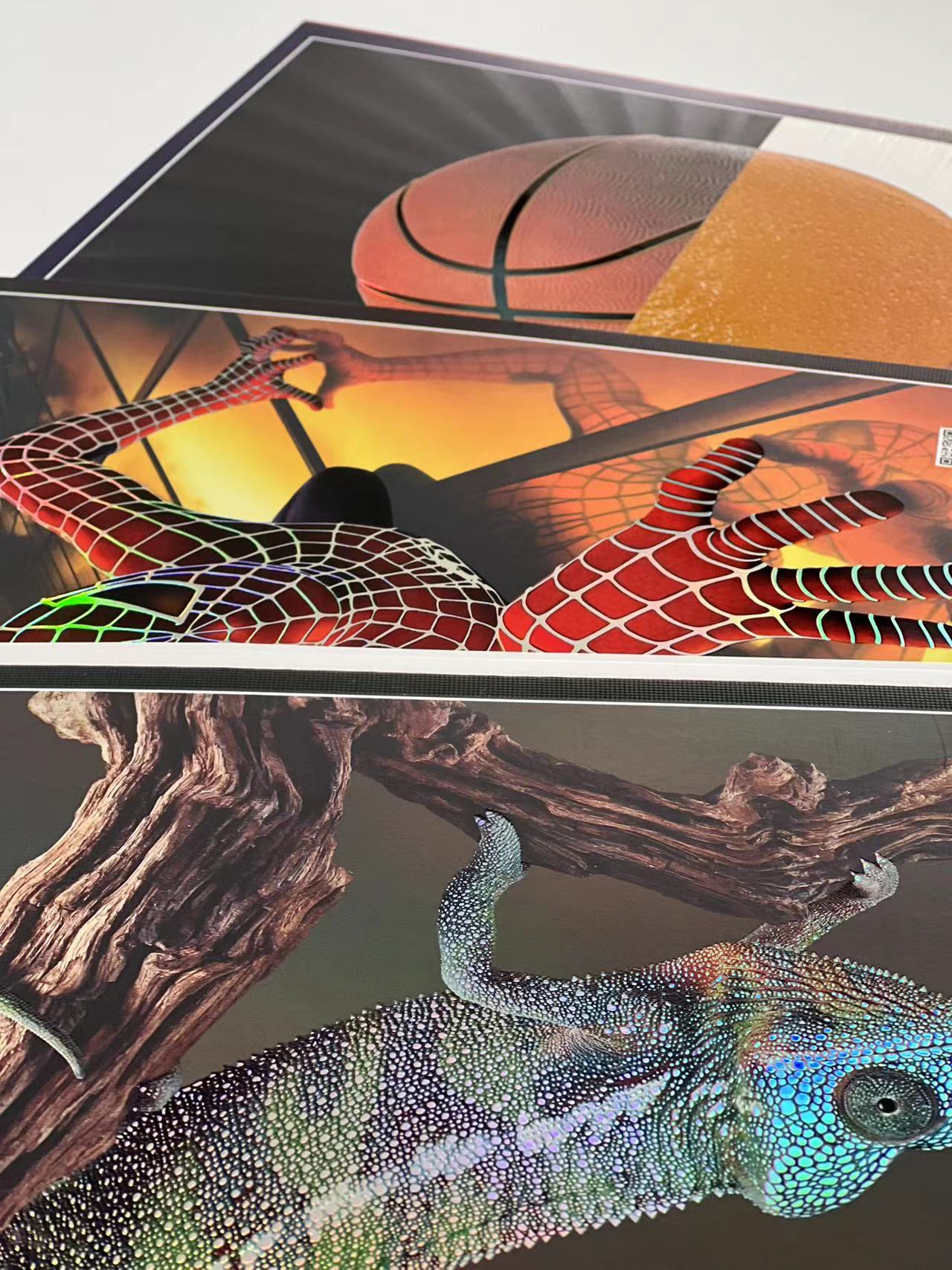


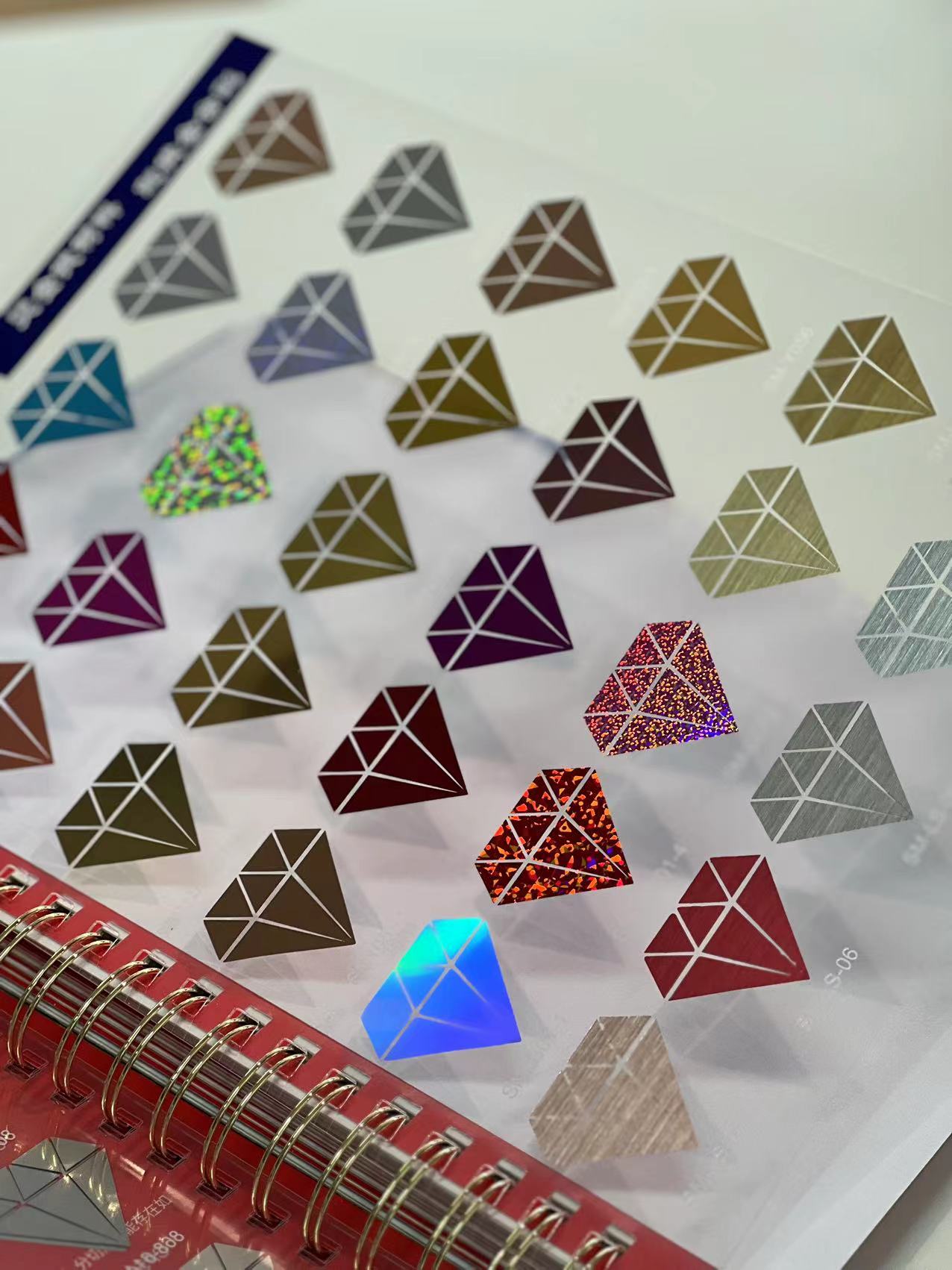
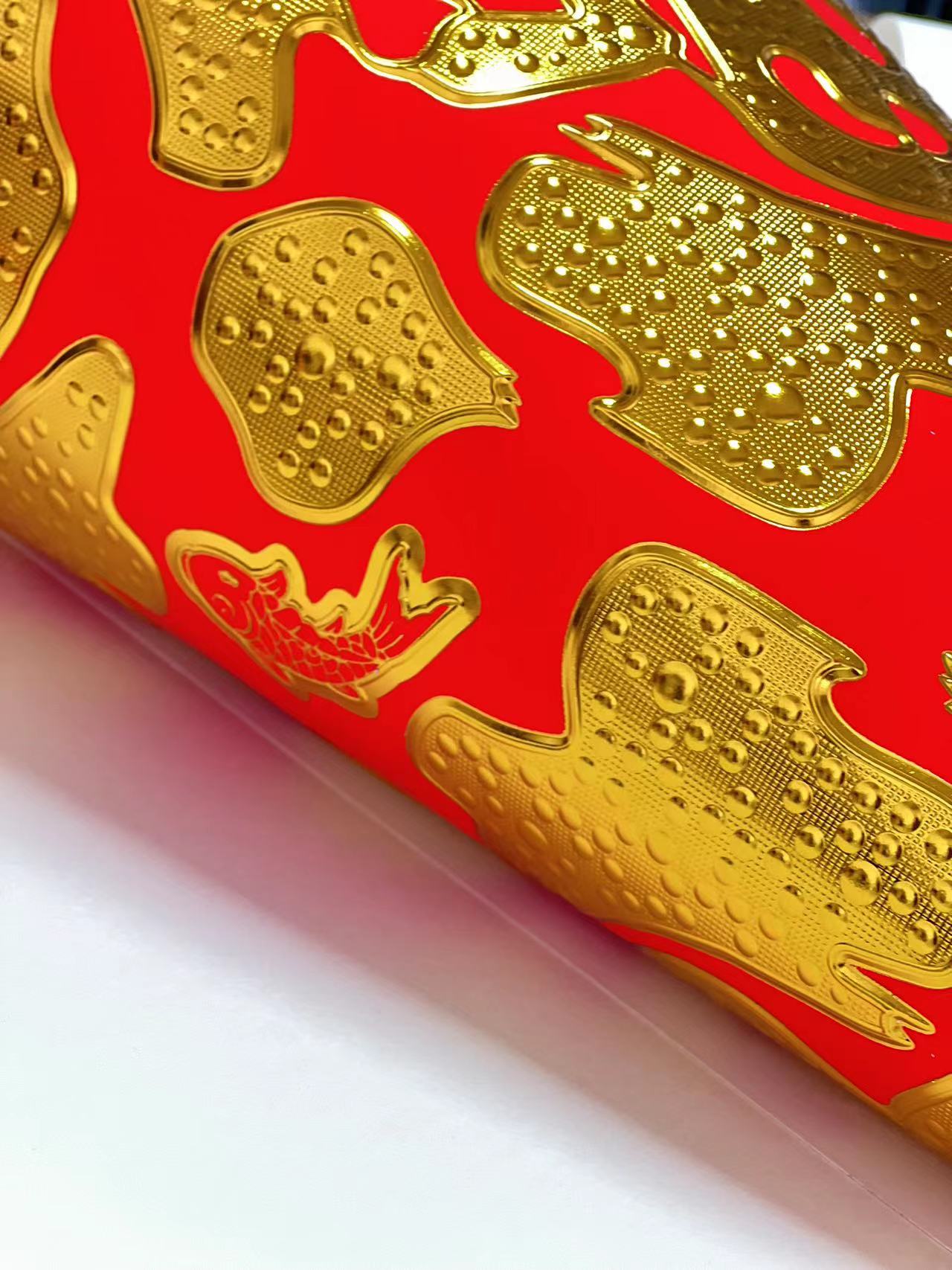











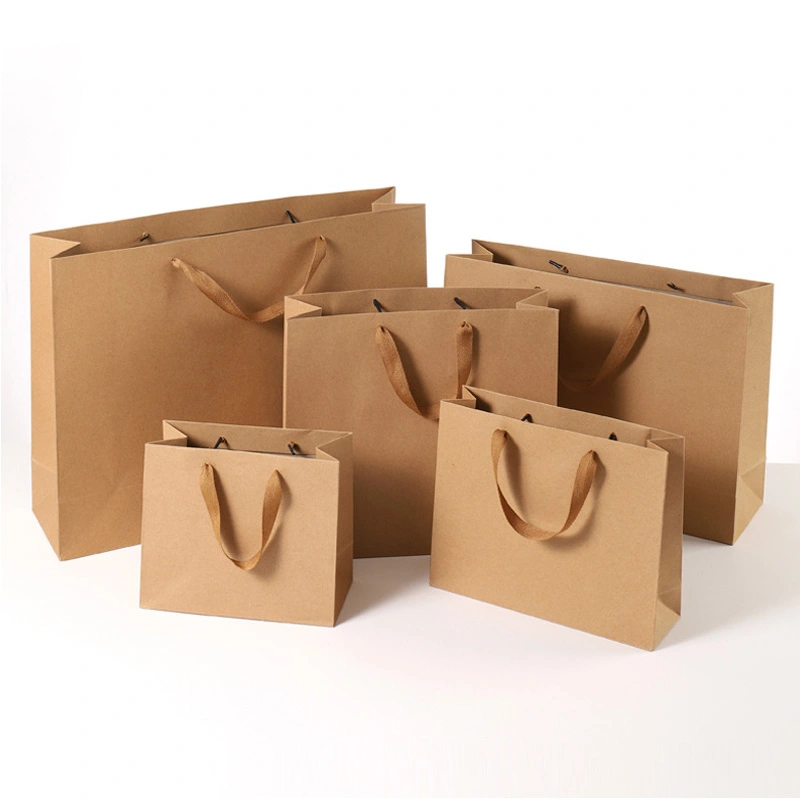
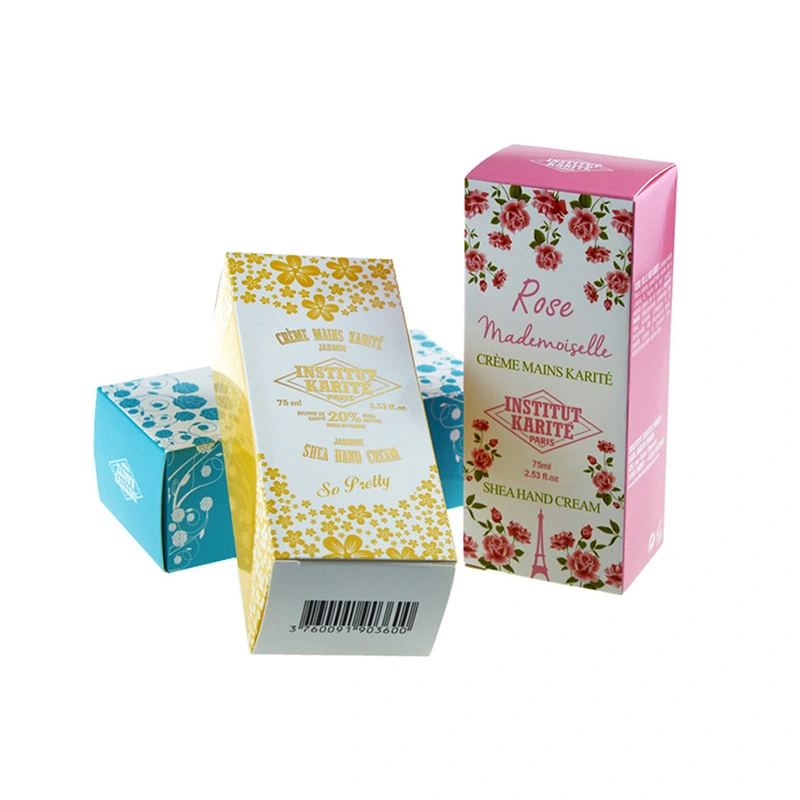
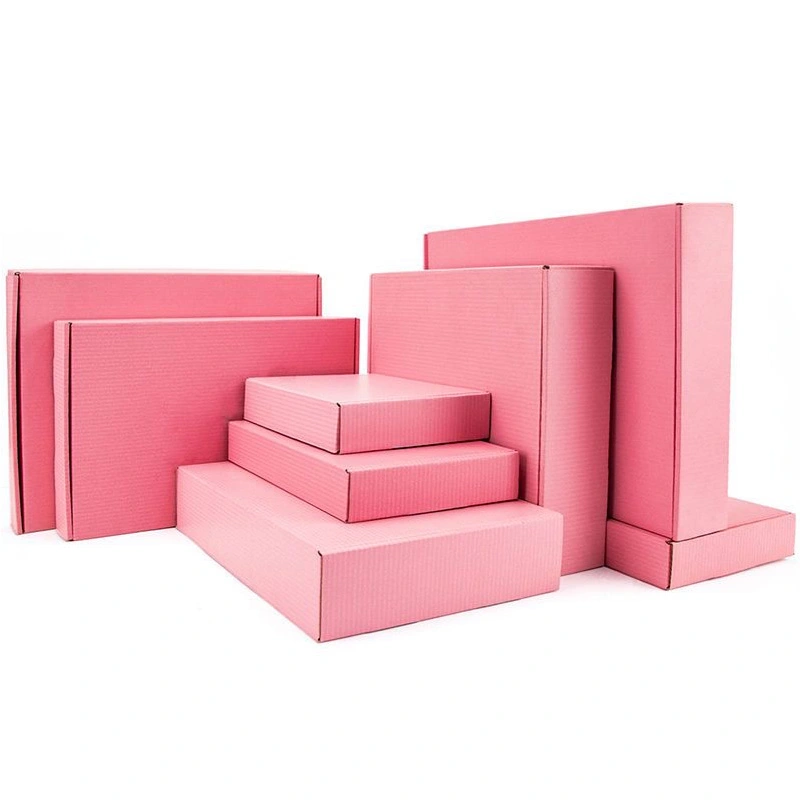

 Call us on:
Call us on:  EMAIL:
EMAIL:  No.1 Gaoxin Road, Zhouzhuang Town, Kunshan City, Jiangsu Province, China.
No.1 Gaoxin Road, Zhouzhuang Town, Kunshan City, Jiangsu Province, China. 


